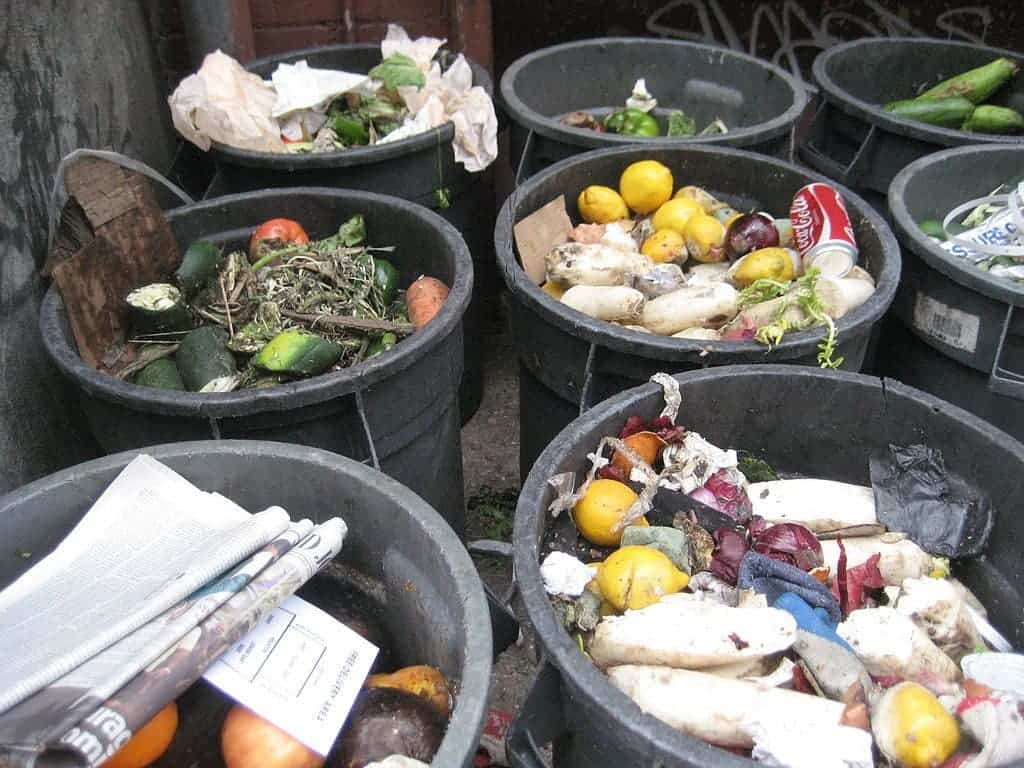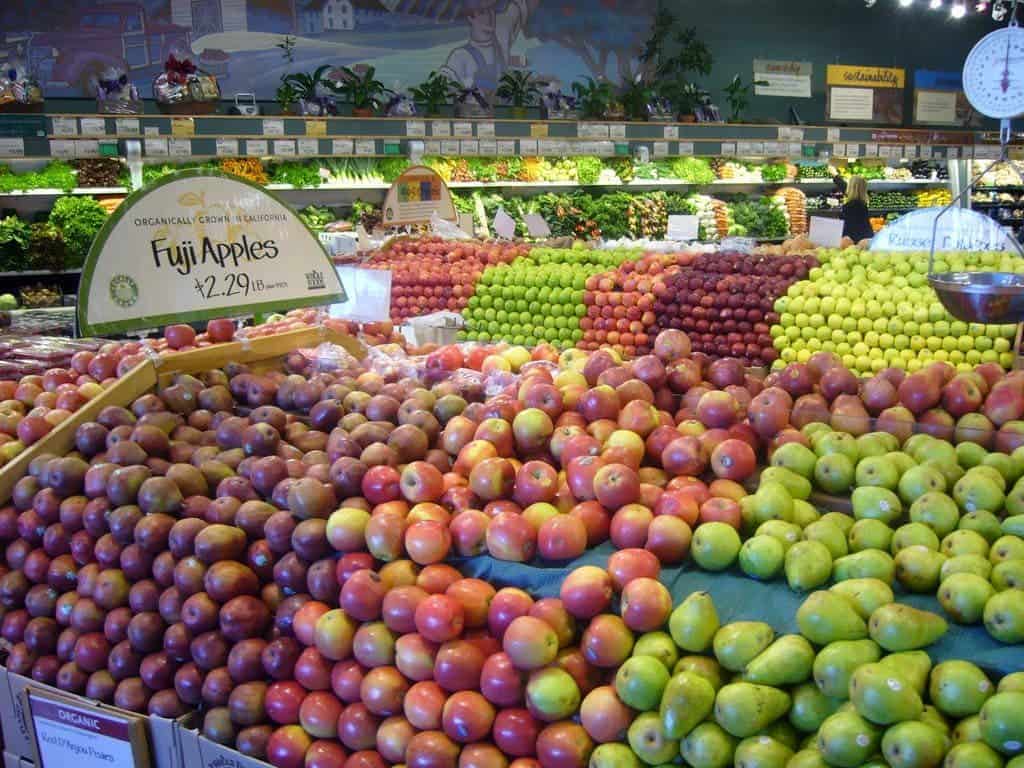A few months after it was proposed, the law was approved in December and it’s now official. France has become the first country where food waste is illegal for big sellers. Supermarkets and local producers will have to donate unsold food and unwanted food to charities.

As of 2013, over 50% of the world’s food is wasted, according to the British Institution of Mechanical Engineers (IME). In developed countries, the average person throws away 100 kilograms (220 lb) of food every year – and that’s not considering the supermarkets. In July 2014, the European Commission has announced new targets to fight food waste, and urged countries to establish the frameworks through which this can be done. France is leading the way.
The law passed unanimously in the French senate, after a commendable grassroots campaign from French shoppers, charity workers and anti-poverty campaigners; everybody was against food waste, and yet supermarkets threw away massive amounts of food, especially when it was getting closer to its expiration date. It also prevent supermarkets from rendering foodstuffs inedible by pouring water or bleach on them – previously a common practice used as a loophole.

Guillaume Garot, a Socialist MP who helped develop the framework also wanted to fight a system where even the slightest defect in one batch of products forces producers to destroy the entire batch. Now, instead of destroying it, producers will pass it on to charities.
“Today, when a supermarket like Carrefour finds even a tiny fault with a crate of its branded yogurts, it sends the whole batch back to the dairy producer, which is legally obliged to destroy the lot even if it is all of excellent quality,” Mr Garot said. “This is a very regular occurrence and we are talking about huge volumes – several million yogurts binned per year. Today, the law makes it possible for manufacturers to give these yogurts to charities without even asking permission from supermarkets.”
The decision was most praised by people working at food banks and similar charities. They have a high demand for food, but are often unable to supply it – due to so much food being thrown away. Jacques Bailet, head of Banques Alimentaires, a network of French food banks, described the law as “positive and very important symbolically”. He adds:
“Most importantly, because supermarkets will be obliged to sign a donation deal with charities, we’ll be able to increase the quality and diversity of food we get and distribute,” he said. “In terms of nutritional balance, we currently have a deficit of meat and a lack of fruit and vegetables. This will hopefully allow us to push for those products.”
It’s a tragedy that so many people still hunger when so much food is being thrown away, and laws like this one will hopefully go a long way towards satisfying food necessities. Hopefully, the move will inspire others to opt for the same route. However, this is a matter where we, the consumers, have a major part to play. Out of the 20,000 tonnes of food wasted in France every day, 67% is binned by consumers. We throw away most of the food, and it’s up to us to start making adequate changes to our lifestyle.
In the UK, he government has a voluntary agreement with the grocery and retail sector to cut food and packaging waste in the supply chain but it does not have mandatory targets. In the US and Asia however, no similar measure seems to be in sight.






